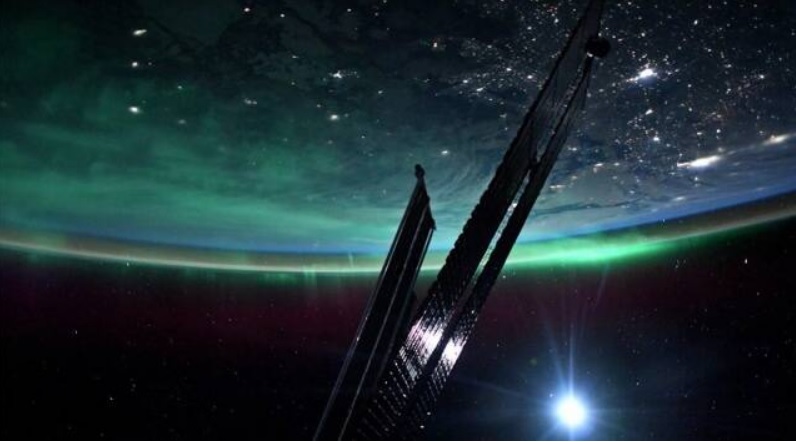Between March 23 and March 25, a coronal hole has the potential to enhance the beauty of auroras.
Reports suggest that a gap in the Sun’s corona, which is a part of its atmosphere, may result in magnificent auroras on Earth from March 23 to March 25.

As per a report by Space.com, the US National Oceanic and Atmospheric Administration (NOAAA) has issued an aurora watch alert for Friday, March 24, in the higher latitudes of the planet due to the presence of a coronal hole, also known as a gap in the Sun’s magnetic field.
Although NOAA has removed the link mentioned in the article, its space weather prediction center has activated geomagnetic storm watch alerts from March 23 to March 25.
The alerts have been initiated primarily due to the presence of the coronal hole, which could combine with the coronal mass ejection on March 20 and result in geomagnetic storms on March 23.
Auroras, the spectacular light displays in the sky, are occasionally generated when charged particles from high-speed streams collide with our atmosphere.
Typically, to witness these auroras, one would have to travel to far-flung regions such as Greenland, Norway, Sweden, and Finland. Nevertheless, you can also observe them from the other side of the world, such as Tasmania in Australia and New Zealand.
Solar activity that triggers these storms has been increasing recently, as per the Weather Network. This increase in solar activity led to auroras being visible in places where they would typically not be seen, such as the United Kingdom in February.
A collision between charged particles such as electrons and protons with gases in the upper atmosphere of the Earth results in the creation of small bursts of light that give rise to one of the most spectacular natural occurrences visible on our planet: auroras.
However, astronaut Josh Cassada of NASA has presented photographic evidence suggesting that auroras might be even more breathtaking when viewed from an orbit 250 kilometers above the Earth.
Presently stationed on the International Space Station, Cassada recently took to Twitter to share an image of the northern lights. In his brief description, he referred to the spectacle with two simple but impactful words: “Absolutely unreal.”
The photograph not only captures the stunning aurora but also offers a glimpse of the city lights on Earth and the solar arrays that are an integral part of the space station.
It is common knowledge that the collision of charged particles with the upper atmosphere of the Earth gives rise to auroras. However, the planet’s magnetic field directs these charged particles mainly towards its poles.
Consequently, the magnetic field’s configuration results in the formation of “aurora ovals” over the North and South Magnetic Poles of the Earth.